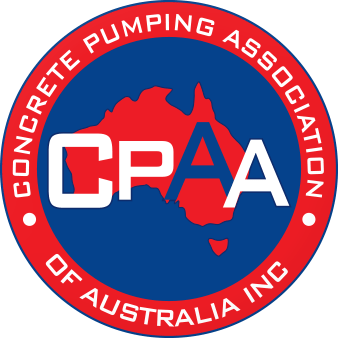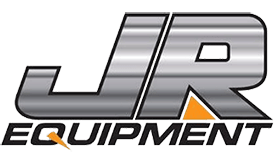In March 2019, a truck-mounted concrete pump with boom (TMCPWB) collapsed on to an operator. The injured person had his leg pinned by the boom, causing leg injuries.
Possible contributing factors:
- Ground under the TMCPWB insufficiently compacted.
- Underground services not identified. When pressure is placed on underground services such as pipes, they may be damaged causing soil subsidence.
- TMCPWB not correctly set up
- Insufficient operator training or experience.
- Insufficient operator attention to the task of setting up the TMCPWB.
WorkSafe WA's safety alert details how to manage the risks of truck-mounted concrete pumps with booms.
On Friday 22 February 2019, WorkSafe ACT was called to an industrial yard in Hume after being alerted that a mobile crane had tipped over. Inspectors were faced with a 300T mobile slewing crane that had tipped while undergoing maintenance/servicing and came to rest with the driver cabin approximately 10 metres in the air.
Preliminary investigations revealed that the tasks were being undertaken without the required counterweights resulting in the crane tipping once the boom section was extended where it exceeded the stability moment for the crane.
Click the link below to read the full safety alert.
People are being encouraged to do the right thing and dial before they dig and maintain safe clearance distances when working near overhead powerlines to save lives and avoid costly utility strikes.
The attached letter has been sent from WorkSafe Victoria with concern regarding a critical component on Sermac manufactured truck-mounted Concrete Placing Units, and to provide relevant prevention guidance applicable to all concrete pumping units.
Safe use of concrete pump and booms and information on cleaning.|Safe use of concrete pump and booms and information on cleaning.
The purpose of this alert is to highlight the hazards and risks to workers caused by hose whip on concrete pumps. 'Hose whip' describes the uncontrolled and rapid motion of the flexible rubber hose on the end of a concrete placement boom or other concrete delivery lines.
You may need to register the design of some types of plant because that plant has the potential to be dangerous. Plant that might need the design registered include:
Design of high risk plant must be registered with WorkSafe prior to use in the workplace. Types of plant that must be registered are:
In Western Australia the Occupational Safety and Health Regulations 1996 require that certain items of plant must be registered with WorkSafe. To register either an item of plant or design an application form must be completed and submitted to WorkSafe along with the correct fees.
Concrete placing boom registration requirements have changed under the Work Health and Safety Regulation 2011 (PDF, 2.53 MB). To assist businesses with these changes transitional arrangements are currently in place.










